The Essence Of WuMei Quan – Master Yap Boh Heong
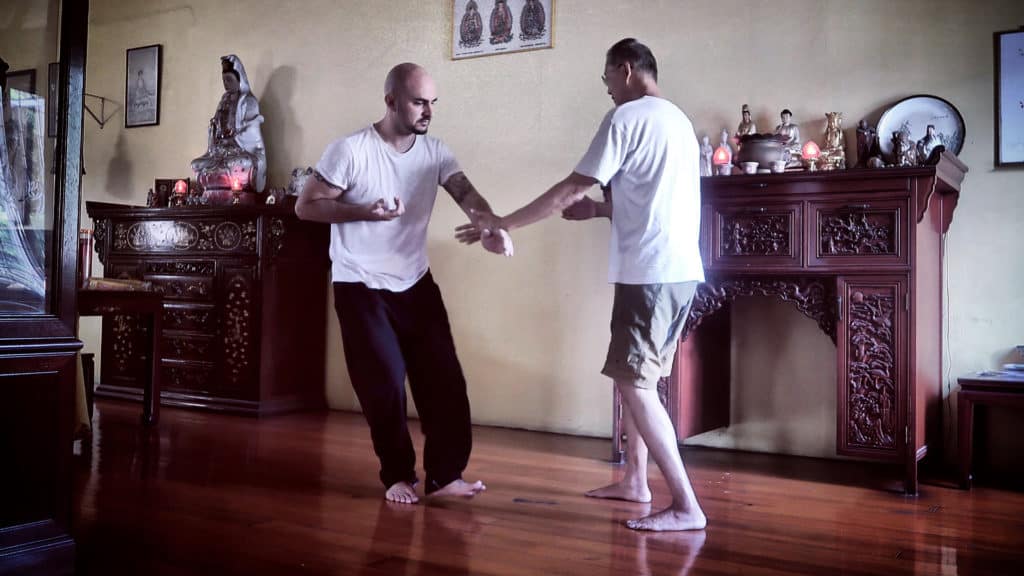
Introduction
WuMei Quan, the martial art created by the legendary Shaolin nun, WuMei, has been a rare and mysterious art. Even in this day of the Internet, it is challenging to find any substantial material on this art. Note: I will use the term “WuMei” to refer to the martial art of WuMei Quan, and not to the person. When using the words “WuMei Quan,” I am explicitly referring to the GM Chee Kim Thong lineage, which I learned, and not any other lineages that may exist.
My journey into the art of WuMei
I have been practicing the art of WuMei for more than four decades. I was taught by my father, Grandmaster Yap Cheng Hai, who was in turn taught by Grandmaster Chee Kim Thong. He learned it when he was still in Putian, China, from a GreatGrenadmaster Yang Yuek, whose lineage goes back to Southern Shaolin. (more information regarding the history of WuMei can be found here)
To this day, even among our Chee Kim Thong family, there are only a handful of active practitioners, are most are focused on the practice of WuZu (5 Ancestors). I’m able to write about the essence of WuMei as the result of my long journey in my learning, discovery, and practice of her art. I do not claim to have gained mastery in the art, as mastery is when you have arrived at the destination of your journey, and there is no more to learn and mysteries to solve. I have merely gone to the stage where I can humbly say. I began to understand the art and started on the path of self-discovery beyond being learning from a teacher. I suppose one of the criteria for this is the ability to apply the art in its martial aspects. I write this article to document what I have experienced as a guide for those that choose to follow on this journey. Also, to preserve this knowledge for posterity, to add to the body of knowledge for WuMei, which is so lacking.
Summary of Characteristics of WuMei
This gives a broad view of WuMei Quan’s characteristics before we elaborate on details later on. It is also useful to read the WuMei History article to find out the historical reasons that caused this art to develop the way it did.
Metaphorically and poetically, WuMei can be described thus:
• WuMei is an internal Southern Shaolin Art.
• WuMei is stillness and softness until it strikes.
• WuMei is precise and sophisticated.
• WuMei is explosive, penetrating, and destructive.
• WuMei is quiet and confident, as she has vast amounts of power to draw from.
When these qualities are translated into combat, this gives WuMei these attributes:
• WuMei is stillness and stealth.
• WuMei seeks to dominate, control then attack.
• WuMei is deadly, with precise targetted strikes.
• WuMei creates her own openings.
• WuMei can handle bigger, stronger opponents.
WuMei is predominantly a striking art. The Wumei strikes are delivered with surgical precision, usually targetting sensitive points on the body. WuMei strikes can be internal, penetrating, and intended to cause damage to the internal organs. However, WuMei can also strike hard targets, as hand and arm conditioning is part of its practice.
Lastly, WuMei’s forms and techniques are not pretty or impressive to look at. A couple of quotes from Grandmaster Chee Kim Thong when he taught WuMei to my father sums this up:
“Our moves are not pretty to look at, but they’re extremely practical.”
“Better not display your WuMei forms, others will fail to understand, and they’ll laugh at you!”
Grandmaster Chee Kim Thong.
WuMei is internal
Unlike other internal arts that have slow movements, the WuMei forms are performed fast. It also does not have other drills like standing exercises (Zhan Zhuang), nor are there any special breathing exercises. This makes the learning of the WuMei internals extremely difficult.
Furthermore, WuMei has more than one way (or engine) to generate internal power. To be proficient in the multitude of internal engines adds to the difficulty. But the payoff, once you get the internals, is the ability to generate tremendous power in different forms.
Wumei is soft
When you touch hands with WuMei, it feels soft, but it is not empty. This makes it very difficult for an opponent to sense her movements. Her Yi 意 is at her hands, with the Jin 勁 and Qi 氣 to follow within a split second when she strikes. When the strike lands, the force feels powerful, sharp, and penetrating. Yet each movement has to be very precise, driven by internal power, and executed with perfect timing.
WuMei is about positioning
Wumei is tactical and uses positioning well. The WuMei techniques and movements may look normal, but they are exact and designed to gain a positional advantage. This means that she defends her position by not giving away any gaps or openings. At the same time, she is seeking weakness in the opponent’s defense or probe and position for angles that will penetrate the opponent’s defenses. This makes her adept at both noncontact and touch-hands scenarios.
WuMei is precise
WuMei utilizes precise micro-movements in the arms. These coupled with the internal energies, give WuMei her tactical advantage. She is excellent at finding angles or unguarded spaces where an attack can be initiated. Furthermore, using micro-movements, with internals, she easily defends against the opponent’s counter-attack, without compromising her own structure and position. With her superior Short-Jin (short-range power), her strikes catch an opponent by surprise.
WuMei dominates
It is this ability at fine-control and defense that allows WuMei to dominate not only her opponent’s physical space but also his structure. The opponent is forced into trying to recover his structure and distracted from counter-attacking. Yet he cannot disengage as this offers WuMei the opening to strike. (similar to-WingChun principle – “When the hand disengages, strike!”)
WuMei is stealth
All of the above characteristics give WuMei the quality of being stealthy. Her strokes look unassuming, but once contact is made, the force is felt, and structure is taken. The before the opponent can react, he is either dominated or hit by follow-up stikes. Even in a touch-hands situation, it is challenging to sense WuMei’s attacks. Its unexpected comes from different angles and is forceful and penetrating.
WuMei is a fighting art
WuMei, despite her soft and internal nature, is first and foremost, a fighting art. That was the way I was taught, and that is the tradition that I will teach. This is unlike other soft, internal arts, except for a few, which have lost their martial applications and are practiced solely for their health or aesthetic reasons. WuMei prefers to fight at mid to close-range, although here fast, explosive strikes and use of angles makes it effective at longer ranges.
Conclusion
This, in a nutshell, is what makes up the essence of WuMei, although some of these qualities may be in other martial arts, it is this holistic mix that makes this art unique. The WuMei forms appear simple, yet there are a lot of internals, micro-movements, and transitions that give it so much depth and sophistication. If one just learns the forms without mastering its deeper components, one would have just learned an empty form, and would not be able to apply the techniques. This is the challenge of learning WuMei.
Learn the authentic Nei Gong practices of Southern Shaolin Kungfu
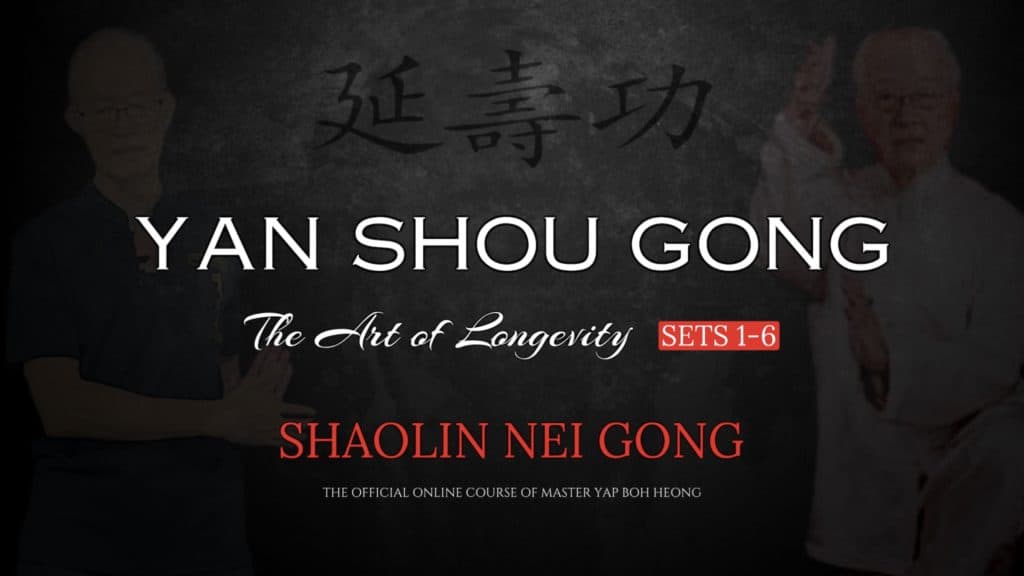
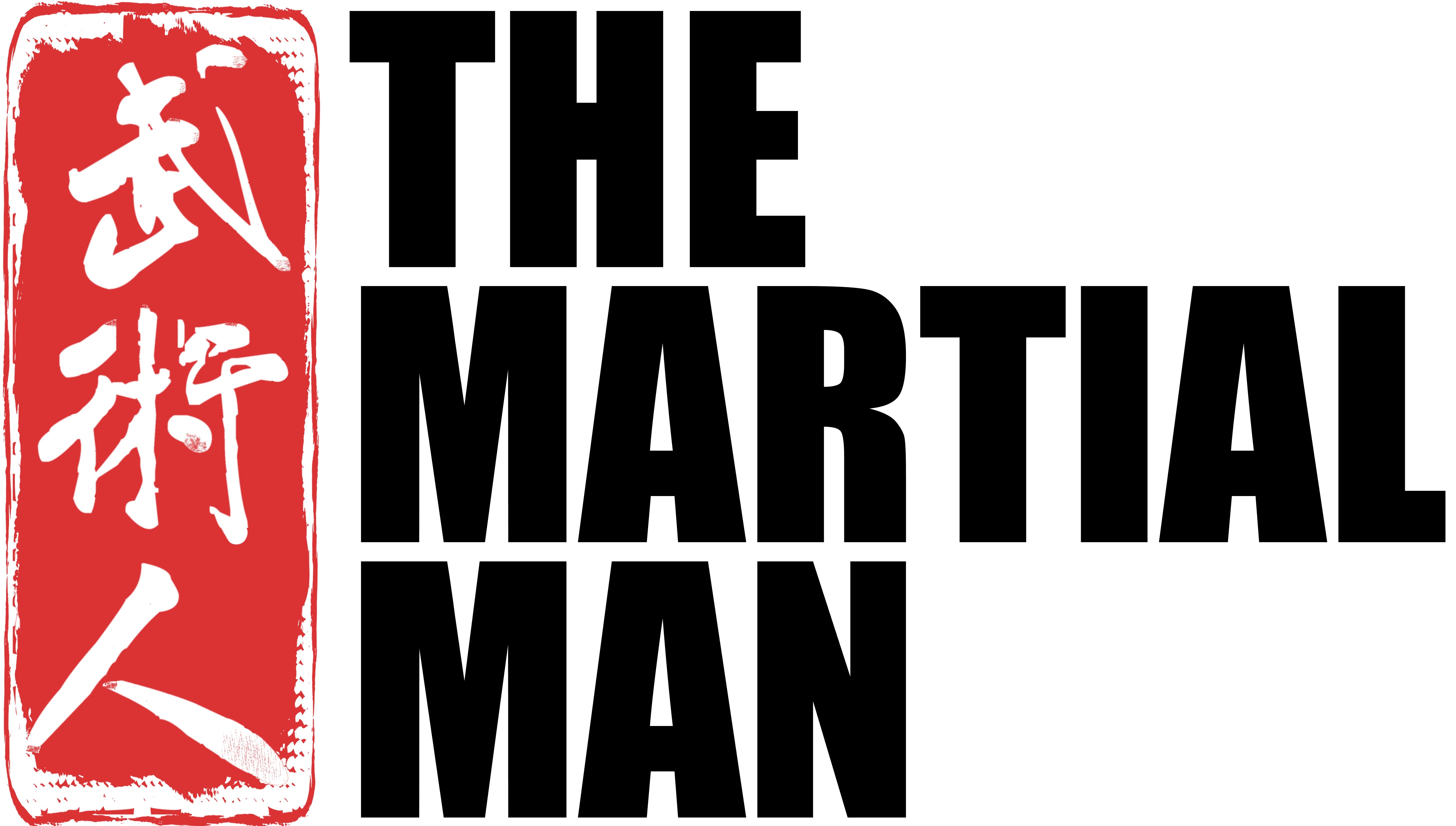
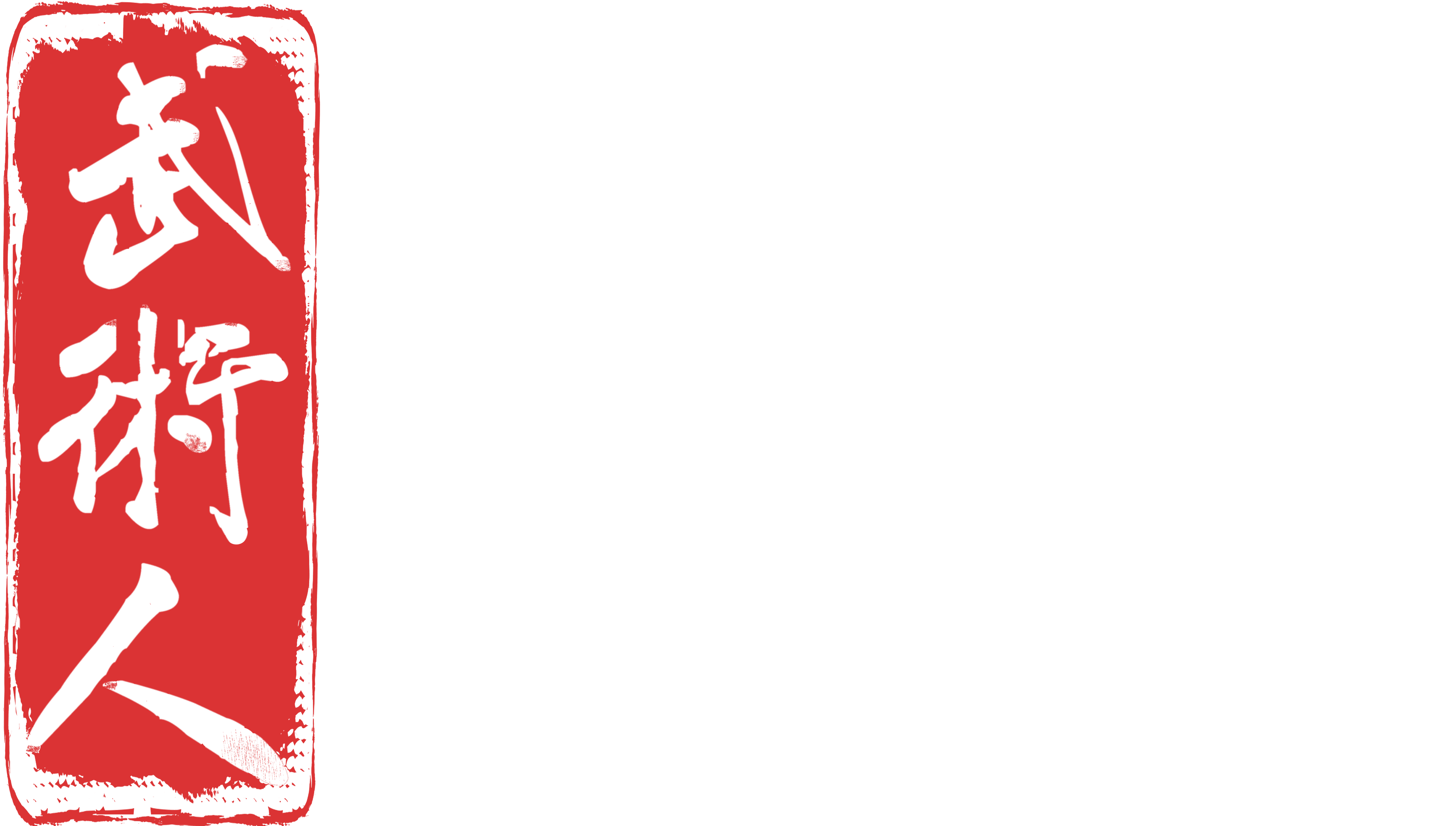
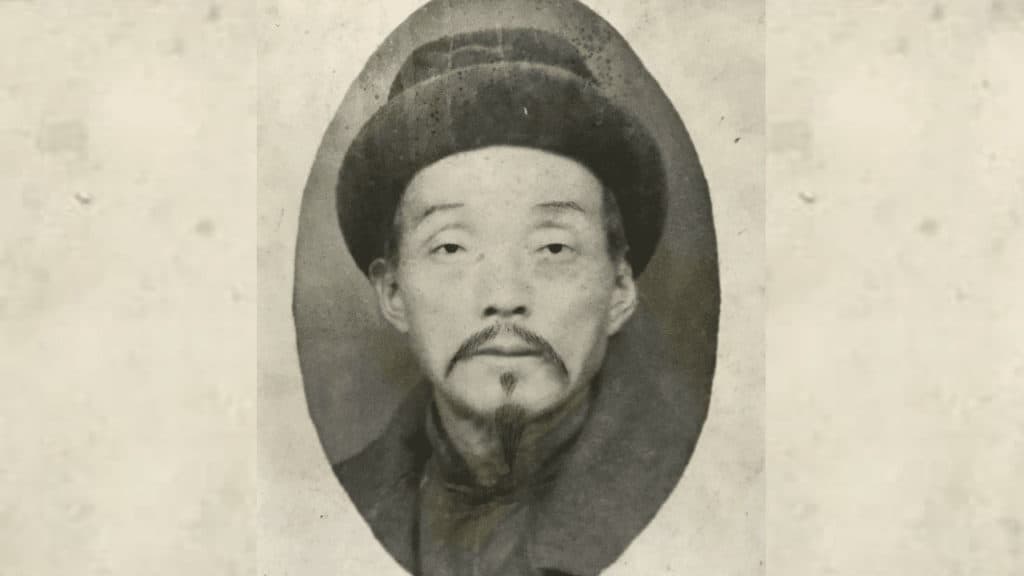
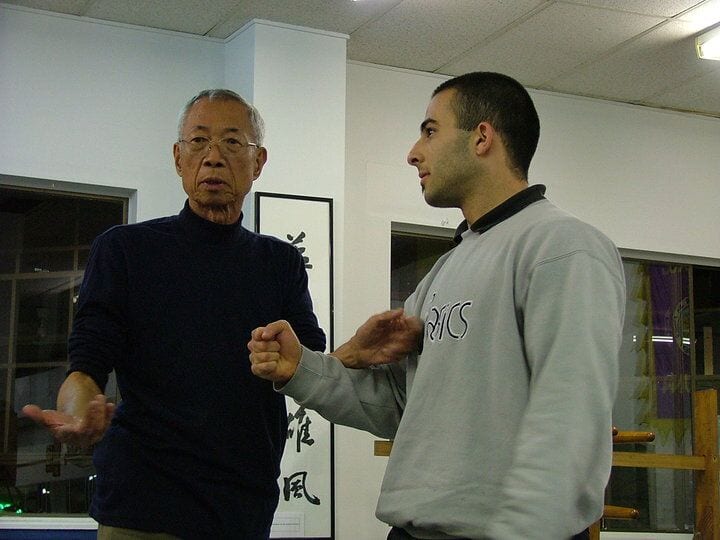
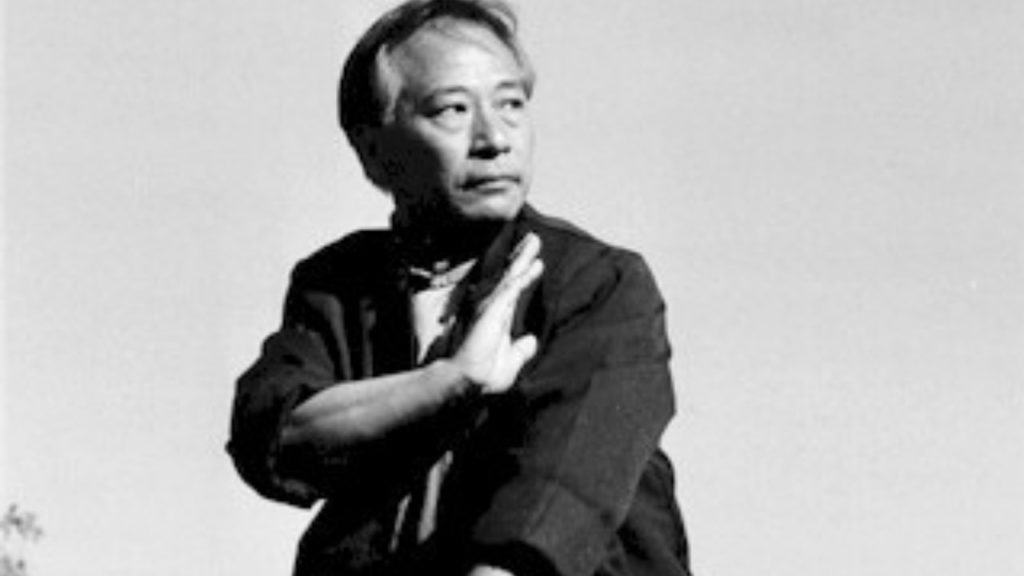
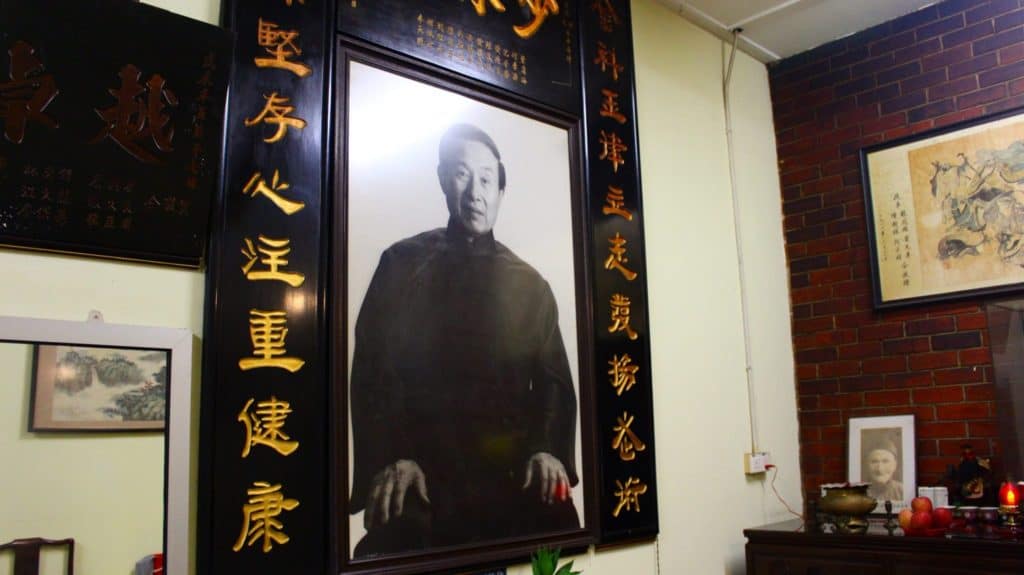
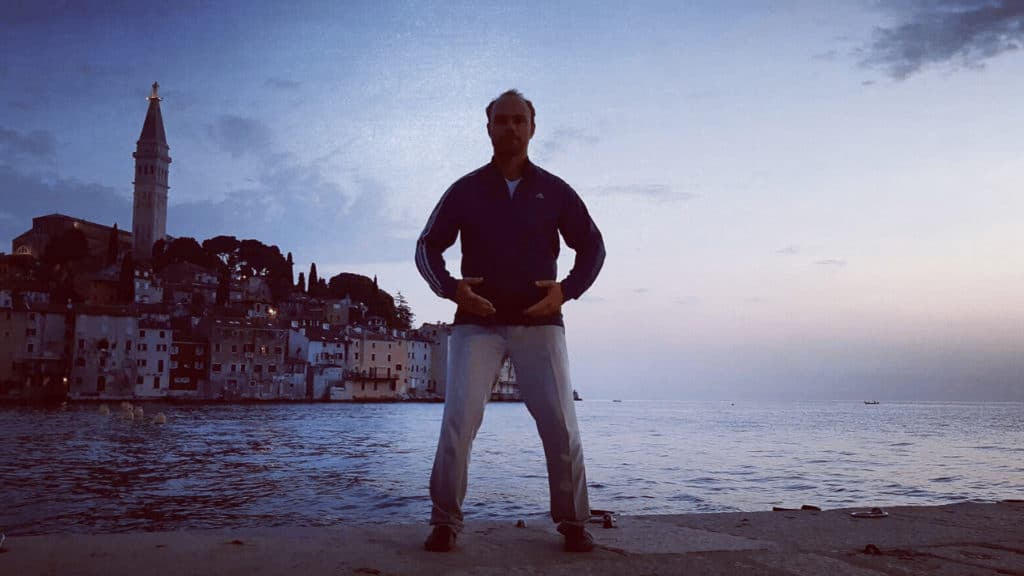
Much of this sounds similiar to the Japanese style I learned called daito ryu aikijujutsu under a master level instructor called hiroo Iida. Of course, there are differences too, but there is much sophistication and a lot of subtlely not apparent to the uninitated.
A short & simple form can be loaded with lessons on body mechanics & practical applications: such can be a gem of insight when studied well rather than superficially.
Also, it’s better to thoroughly drill a few things, & be able to apply these movements very well, than to know of many things that you can neither drill well, for lack of time, nor pull off, for lack of drilling any of them well enough.
KISS: Keep It Simple, Soldier*
(US Marine Corps version: Keep It Simple, Stupid!)
????
Life is not to surpass others, but to surpass oneself
Thank you for this beautiful article!
May I ask how much of this system is available to learn on your platform?
I learned the first form from this lineage many years ago, but would like to learn more now. However with covid things are not easy and many teachers do not have classes open any more.
Thanks for your time
BHS
Hi Ben, Master Yap recently launched the Yan Shou Gong (Shaolin New Gong) course on this platform. Yan Shou Gong is a prerequisite to learning 5 Ancestors and Wumei. Currently, there isn’t any Wumei online course training; however, to study Wumei with Master Yap, a student first needs to have studied and trained Yan Shou Gong to a decent level. Therefore I would recommend that you start with the Shaolin New Gong course first so that you’re prepared to learn Wumewi in the future. Here is the link for the course: https://themartialman.com/courses/yan-shou-gong-the-art-of-longevity-sets-1-6
Kind regards,
Kieren.